Regenerate nature – a hopeful path forward
In the face of environmental challenges, our community is embracing the call to regenerate nature, breathing new life into our local ecosystems.
The circular economy model of thinking is a way to move forward to address our consumptive and destructive ways on nature.
According to the Ellen McArthur Foundation, “The circular economy is a system where materials never become waste and nature is regenerated. In a circular economy, products and materials are kept in circulation through processes like maintenance, reuse, refurbishment, remanufacture, recycling, and composting. The circular economy tackles climate change and other global challenges, like biodiversity loss, waste, and pollution, by decoupling economic activity from the consumption of finite resources”.
Regenerating nature is one of the three principles that drive the circular economy.
Communities have taken a grassroots lead on restoring local ecosystems with local restoration and sustainable projects.
Volunteers have been working tirelessly to remove invasive species, plant trees and native flora, and create safe havens for wildlife. These efforts enhance the aesthetic appeal of our surroundings and create important habitats for birds, insects, and other creatures that play a vital role in our ecosystem.
To help regenerate nature you can join the many local projects such as Newell’s Paddock – an urban nature reserve by the Maribyrnong River, a parkland and reclaimed wetland area that attracts a lot of bird life and native fauna.
Friends of Newell’s Paddock started in 2014 and holds planting and weeding days, clean up days and generally advocates for the park’s improvement.
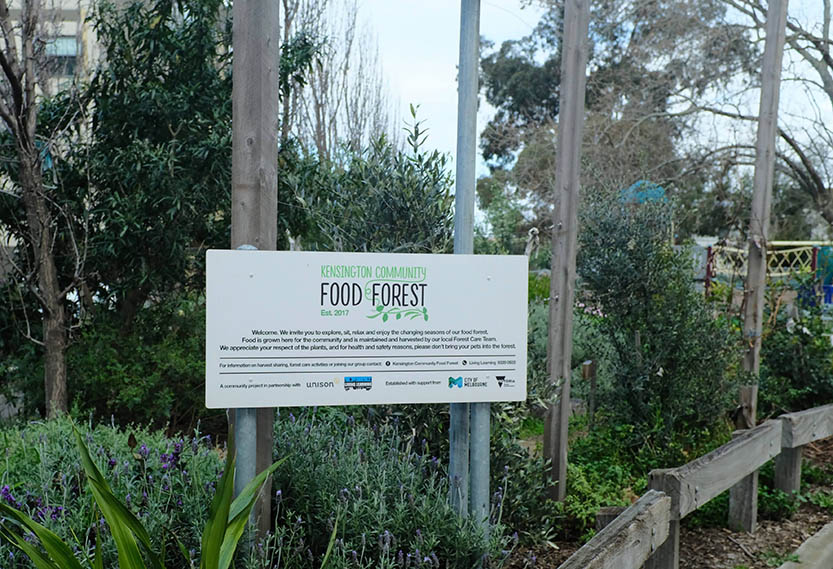
The Kensington Urban Food Forest, established in 2017, transformed a grassy patch of land at the Kensington Estate into a Food Forest with more than 25 tree species and more than 90 understory plants – increasing biodiversity, vegetation and habitat. A volunteer Forest Care Team looks after it.
The Kensington Stationeers have converted two triangles of derelict land near Macaulay Rd crossing into a lush green space with lots of plants and have regular working bees.
Eastwood Street Garden converted a neglected triangle of land owned by Young Husband to a forest garden with 10 food-producing trees, flowers, herbs, and a small grassy patch for local residents to enjoy green space.
The Friends of Moonee Ponds Creek Inc. (FoMPC) is a community group working to protect and enhance the Moonee Ponds Creek and its environs.
There are a number of local community gardens you can become a member of and grow food in a way that regenerates the soil rather than purchasing food supporting an industrialised agriculture system.
Perhaps the most heartening aspect of the regeneration movement is its ability to unite the community. People from all walks of life are coming together with a shared goal: to restore the beauty and balance of our natural world.
The journey is ongoing, but the strides we are making fill us with hope for a greener, more sustainable tomorrow. •
Captions: Picture of site before, and after food forest. Eastwood street triangle beforeand after Forest garden.

Affordable housing proposed on council land


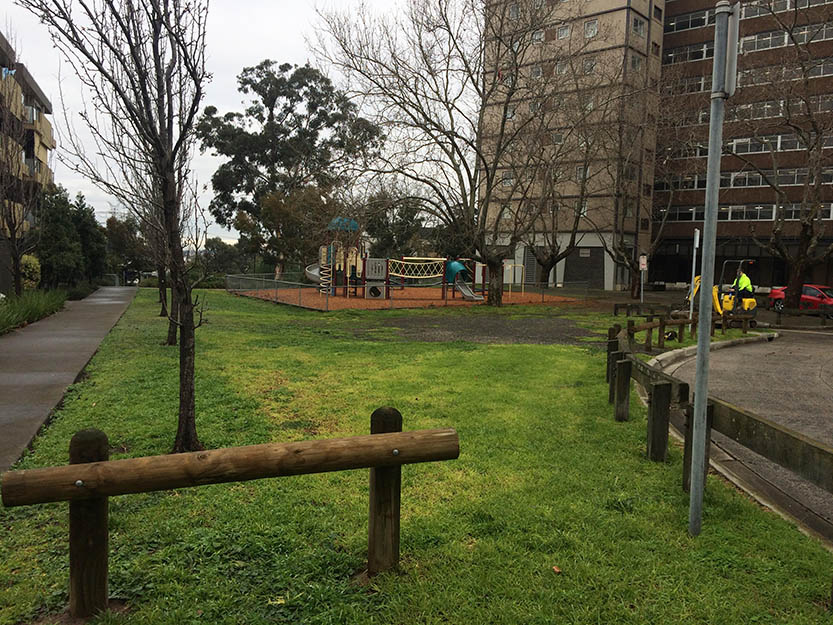
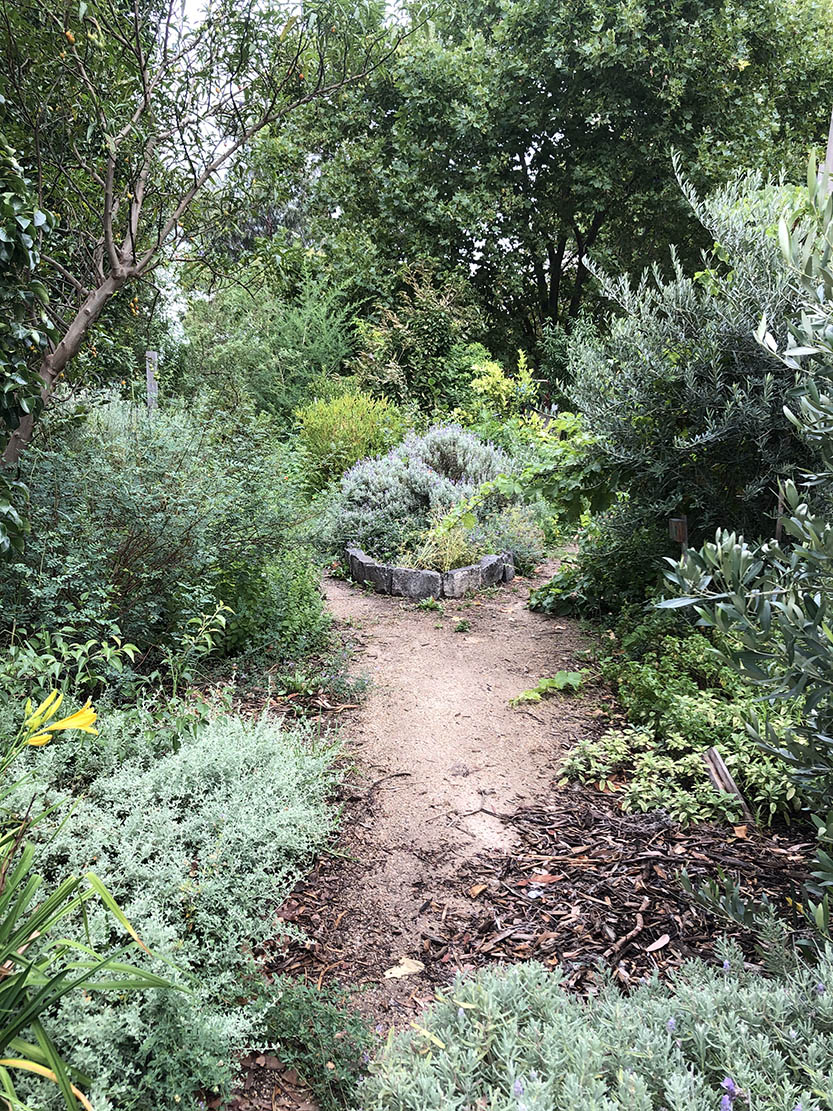
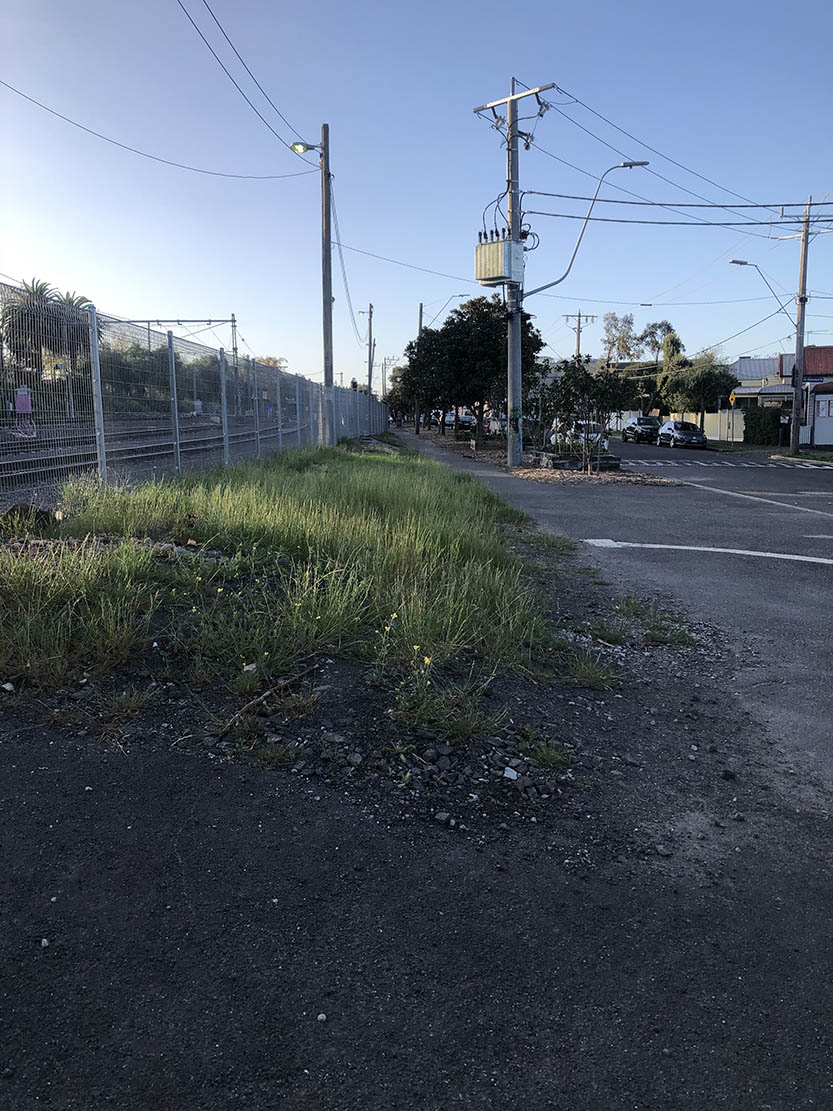
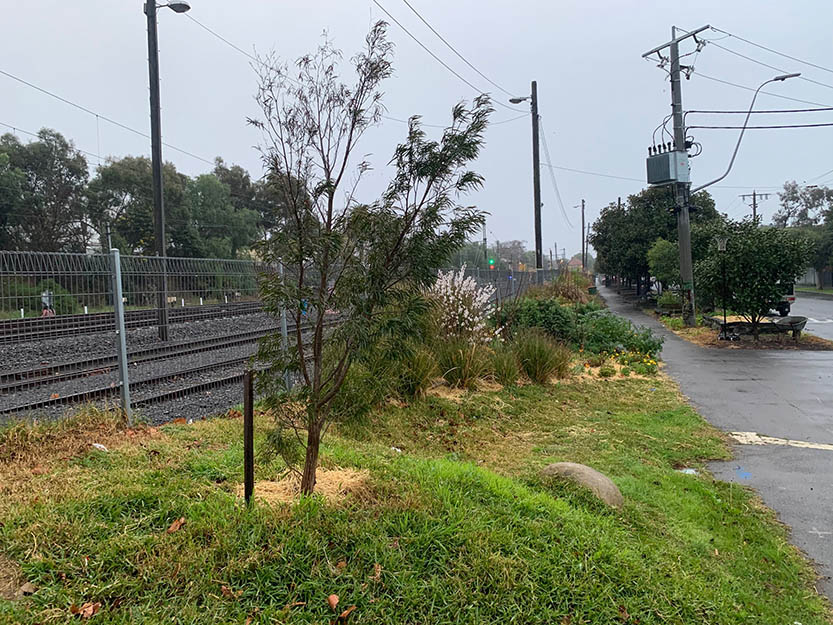



 Download the Latest Edition
Download the Latest Edition